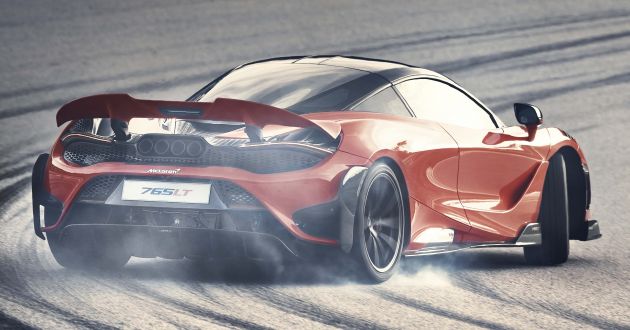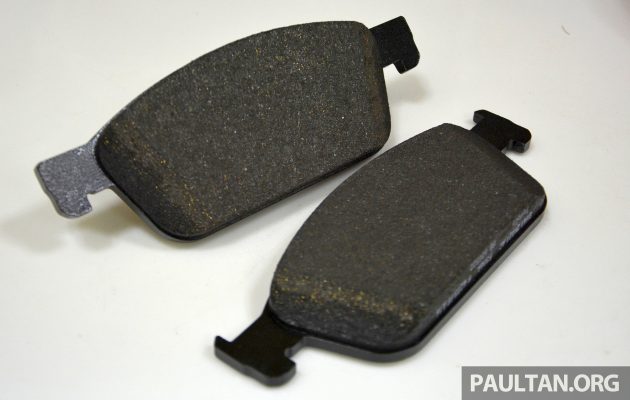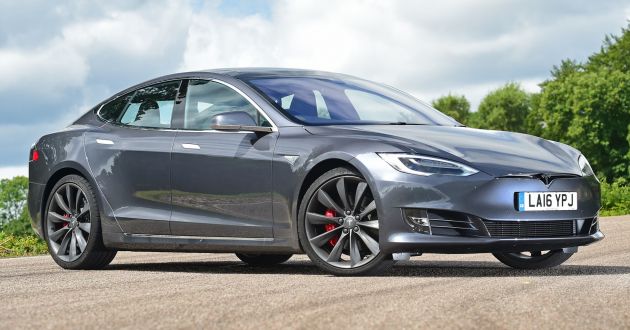It appears that particles from tyre wear and brakes can be up to 1,000 times more polluting than what comes out of a car’s exhaust, Emissions Analytics found. It classifies brake wear, tyre wear, road surface wear and road dust as non-exhaust emissions (NEE), all of which have no legislative regulation. They also cause a great deal of concern for air quality.
Now, the UK Government’s Air Quality Expert Group (AQEG) states that NEEs are believed to constitute the majority of primary particulate matter from road transport (60% of PM2.5 and 73% of PM10) and recommends NEE be immediately recognised as a source of ambient concentrations of airborne particulate matter. This also applies to vehicles with zero exhaust emissions of particles, such as electric vehicles.
In a case study, Emissions Analytics performed some initial tyre wear tests using a ‘popular’ family hatchback fitted with brand new, correctly inflated tyres. It found that the car emitted 5.8 grammes per kilometre of particles. Comparatively, the regulated exhaust emission limit is 4.5 milligrammes per km.
That is over 1,000 times more polluting than exhaust emissions, and the firm said that this could be even higher if the vehicle had tyres which were underinflated, or the road surfaces used for the test were rougher, or the tyres used were from a budget range – all very recognisable scenarios in ‘real world’ motoring.
This is a “very serious” and growing environmental problem, one that’s exacerbated by larger vehicles such as SUVs, the firm said. In fact, the growing demand for electric vehicles is also accelerating this problem, because EVs tend to be heavier than standard cars due to their batteries.
Emissions Analytics’ senior researcher, Richard Lofthouse said: “It’s time to consider not just what comes out of a car’s exhaust pipe but particle pollution from tyre and brake wear. Our initial tests reveal that there can be a shocking amount of particle pollution from tyres – 1,000 times worse than emissions from a car’s exhaust.”
“What is even more frightening is that while exhaust emissions have been tightly regulated for many years, tyre wear is totally unregulated – and with the increasing growth in sales of heavier SUVs and battery-powered electric cars, non-exhaust emissions (NEE) are a very serious problem.”
Emissions Analytics CEO, Nick Molden added: “The challenge to the industry and regulators is an almost complete black hole of consumer information, undone by frankly out of date regulations still preoccupied with exhaust emissions. In the short term, fitting higher quality tyres is one way to reduce these NEEs and to always have tyres inflated to the correct level.”
“Ultimately, though, the car industry may have to find ways to reduce vehicle weight too. What is without doubt on the horizon is much-needed regulation to combat this problem. Whether that leads to specific types of low emission, harder wearing tyres is not for us to say – but change has to come.”
Looking to sell your car? Sell it with Carro.





Syiok sendiri Vios racing is even more polluting and worse it is unnecessary pollution! Ban Toyota cars to save our environment!
this is where suv hype dieded. rejoice!
Goes the same for hybrids and EVs too.
Not necessarily. Because car makers’ fleet emissions law don’t include NEE. EVs then would face the same issue with tyre wear, being up to 20% heavier than non-EV equivalents. But, those with a more “aggressive” regen braking do wear their brake pads a bit less.
It is more likely that brake and tyre makers will develop longer lasting and less polluting products.
Kns…lidat no need to drive cars lah..
Time for flying cars then
Sure that they’ll find something to complaint on the flying cars!
Just a thought:
Sooner or later, they’ll found more n more things that polluted our earth and regulate them. They wanna go full electric vehicle, but currently electric power plants have nowhere near the capacity to support the demand if all internal combustion engine (ICE) completely been replaced. Granted, it will slowly transitioned, but there’s no saying how severe it will impact environment by depending too much on electricity. Not all countries have the capability to build a nuclear power plant, even that will come with harmful nuclear waste. Solar power plant still require a massive amount of battery packs for energy storage, which is wear & tear, need replacing and produce chemical waste. Hydroelectric and wind turbine is the cleanest, still a huge impact on environment during it’s construction, and geographical challenged countries could only dream of building them. Coal power plant, they’re only as much efficient as ICE, extracting and distilling fossil fuel have it impact too, which no one know how much efficient compared to other method, given high density of power extracted per litre of fuel and power loss consumed for the processes.
There’s more, power line, power grid, fuel transfer and shipping, all other losses on power delivery make me wonder how much greener EV compared to ICE from an overall perspective , seems not much different. That’s also the reason, the future of full electric vehicle is not as close as we think, the end of ICE is still so far away. If they want truly zero emission, we might as well going back using livestock as mean of transportation, lol.